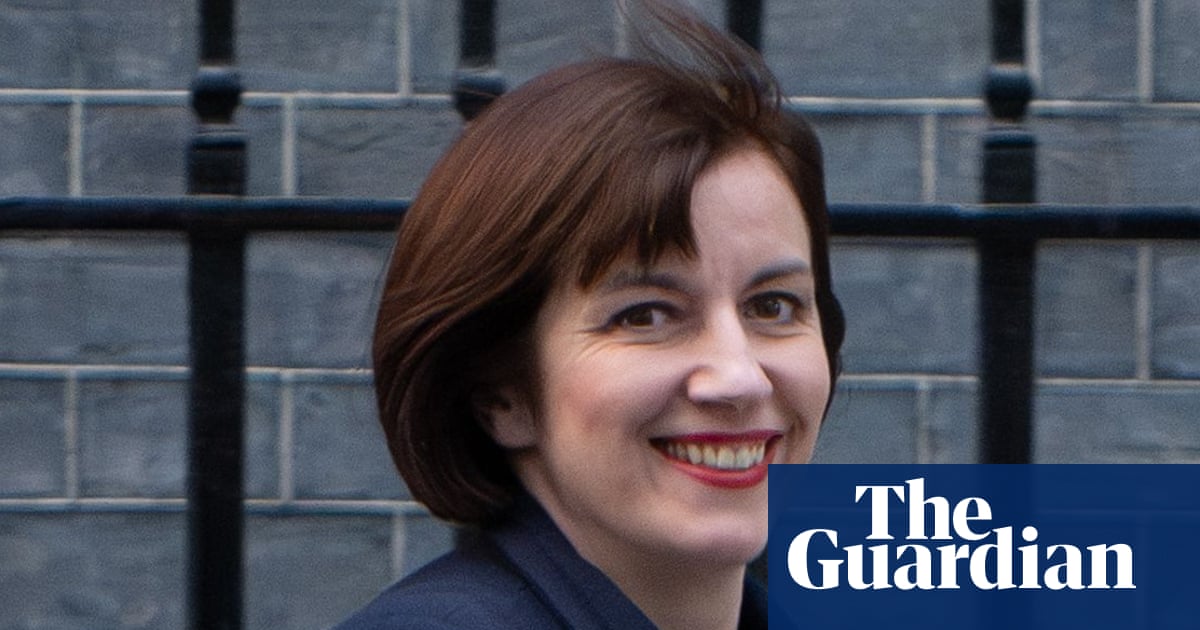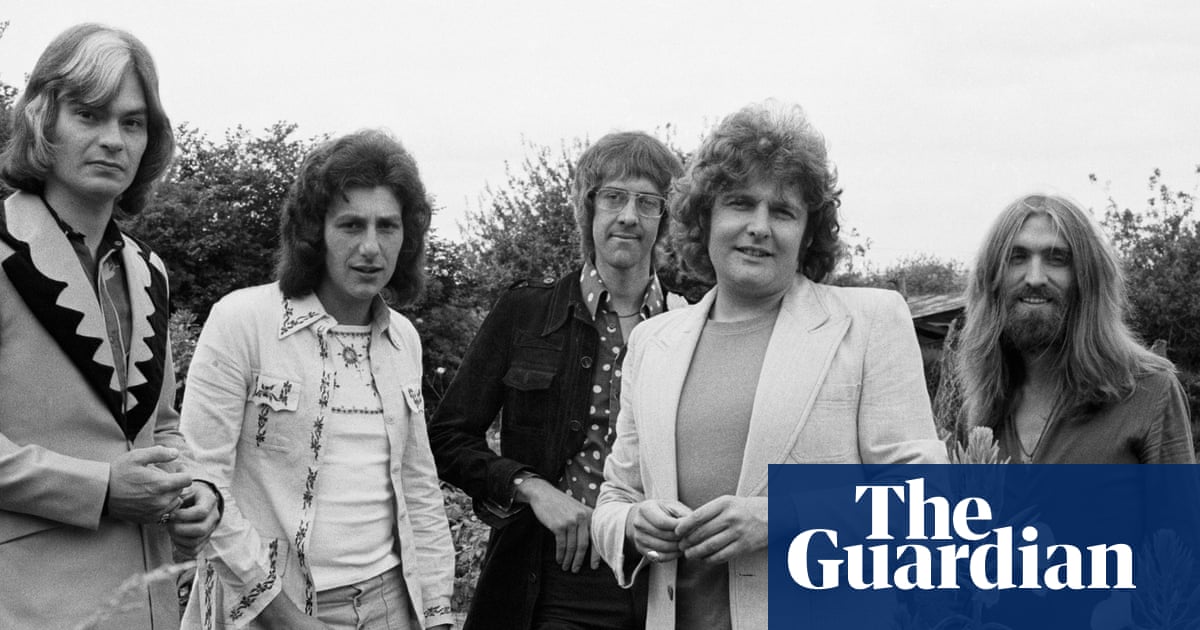John Lewis is hoping that a dash of nostalgia will get consumers into the festive mood this year as it officially kickstarts the countdown to Christmas with the launch of its 2025 advert to the tune of the 1990s club classic Where Love Lives.
The department store chain is appealing to ageing clubbers – and their teenage kids – with this year’s ad focused on a middle-aged dad transported back to his clubbing days after receiving a vinyl record from his son.

The John Lewis Christmas advert, launching on Tuesday, arrives 10 days earlier than last year’s after a general shift towards an earlier Christmas launch in recent years by rivals including Marks & Spencer and the big supermarkets.
The retailer unveiled its Christmas shop in stores in September this year and Rosie Hanley, the brand director for John Lewis, said it was ready online from the end of August as early planners begin looking for festive items once the summer bank holiday is over.
Hanley said shoppers were starting early as they wanted to “spread the cost of gifting across several paydays” and were also taking advantage of discounts linked to Black Friday promotions.
For the second year in a row the John Lewis ad, created by the agency Saatchi & Saatchi, has swerved the young children and cute characters it has previously focused on, such as Monty the penguin and Buster the boxer, to highlight the power of family relationships.
It shows the dad on the dancefloor, dreaming of seeing his teenage son across the room, then thinking back to embracing him as a small child and a baby before it cuts back to the living room and the pair hug as the music reignites their bond.

The 1990s club classic Where Love Lives by Alison Limerick provides the soundtrack, which segues into a slower new version by the British singer and producer Labrinth.
John Lewis will be selling a limited edition vinyl record featuring both versions of the track via the Rough Trade record shop sections already in stores and via its shopping app.
Profits from the £14.99 record will go to the John Lewis Partnership’s Building Happier Futures programme, which helps people who have grown up in care. However, John Lewis does not appear to stock any magenta crushed velvet catsuits similar to the one Limerick wears in the song’s original video clip.
In the past 15 years the John Lewis Christmas ad has become a national moment, marking the beginning of the festive shopping binge. Previous festive promotions have been soundtracked by a string of covers including the Smiths song Please, Please, Please, Let Me Get What I Want and Together in Electric Dreams by Giorgio Moroder and Philip Oakey. Last year’s ad featured Richard Ashcroft singing his song Sonnet.
after newsletter promotion
Sainsbury’s launched its ad on Sunday, while the fellow supermarket Morrisons will premiere its festive TV campaign on Tuesday.
Marks & Spencer has dropped the idea of one “hero ad” for TV in favour of several product-led ads for its clothing and homeware, the first of which launched in October with another launching this week. Its food ad, featuring Dawn French for the fifth year in a row, also launches this week and the brand is launching its own TikTok shop, too.
With households still keeping a relatively tight rein on nonessential spending, amid high energy, housing and food costs, retailers see big events, such as Christmas and Halloween, as a way to encourage shoppers to splash out.
All retailers are increasingly turning to social media to push their brands, with John Lewis’s ad launching to members of its loyalty scheme first on Tuesday before being released on YouTube and then within The Great British Bake Off final on Channel 4 on Tuesday evening.
This year festive advertising spend is expected to rise 7.3% to £12bn according to the Advertising Association/Warc. Video on demand is experiencing the biggest increase – of 17.2%. That will not offset a softening in spending on TV ads overall, with spend in the last three months of the year expected to be down by almost 3% year on year. In contrast, social media spend is expected to rise by almost 13% to account for 54% of total online display advertising, while search and cinema are other winners as physical media, including newspapers and magazines, lose out.

.png) 7 hours ago
5
7 hours ago
5

















































